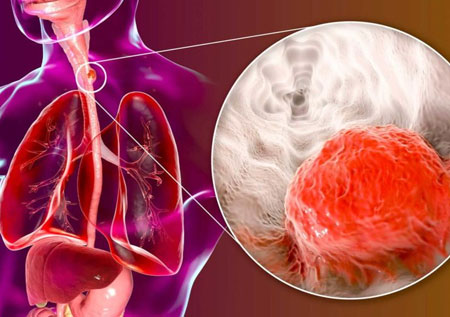
By Dr. Sachender Pal Singh
Consultant Head & Neck Oncosurgeon, Ranchi Cancer Hospital & Research Centre
(A Unit of Tata Trust & Tata Cancer Care Foundation)
Head and Neck cancers (HNC) represent a major public-health challenge across India and many Asian countries. Despite advances in surgical oncology, radiotherapy, and systemic treatments, one critical factor continues to silently undermine outcomes — malnutrition and sarcopenia.
These two conditions are not side issues; they are primary determinants of survival, treatment tolerance, and quality of life. Yet, in most oncology pathways across the region, they remain under-recognised and under-treated.
This blog discusses why malnutrition and sarcopenia deserve urgent attention, and how early interventions can change the trajectory of cancer care in India and Asia.
Head & Neck cancer patients are some of the most nutritionally vulnerable among all cancer groups. Reasons include:
Studies from India and Southeast Asia indicate that 60–80% of HNC patients are already malnourished at diagnosis. Many also exhibit signs of sarcopenia — the loss of skeletal muscle mass and strength — even before treatment begins.
Sarcopenia is not simply reduced muscle. It is a clinical syndrome with far-reaching consequences:
In Head & Neck cancers, sarcopenia often predicts functional decline, dependence on feeding tubes, and long-term disability.
1. Dietary patterns
Asian diets, especially in rural India, often lack high-quality protein — leading to rapid muscle loss.
2. Late presentation
Many HNC patients arrive in advanced stages, when nutritional impairment is already severe.
3. Socioeconomic disparities
Limited finances restrict access to quality supplements and rehabilitation.
4. Lack of integrated nutrition pathways
Most Indian/Asian oncology centres do not include routine nutrition screening in treatment protocols.
5. Cultural barriers
Patients often continue food habits that worsen mucositis or avoid nutrient-dense foods due to myths or taste changes.
In essence, malnutrition and sarcopenia can undermine even the best treatment plans.
1. Early Screening and Routine Assessment
2. Dietitian Involvement from Day 1
Every Head & Neck cancer patient must meet a qualified clinical nutritionist before treatment planning.
3. Prehabilitation Programs
Including high-protein diets, supplements, and strength-building exercises.
4. Nutrition During Treatment
Frequent follow-ups, texture modification, mucositis-friendly diets, calorie–protein targets, and swallowing exercises.
5. Post-treatment Rehabilitation
Coordinated support from nutritionists, physiotherapists, speech therapists, and psycho-oncologists.
Cancer treatment is no longer just about removing the tumour or delivering radiation — it is about supporting the body that must endure the treatment.
Addressing malnutrition and sarcopenia is foundational to:
For India and Asia, where Head & Neck cancers are highly prevalent and resources limited, focusing on nutrition may be one of the most cost-effective interventions available.
When we nourish the patient, we strengthen their ability to fight the disease — and that can change outcomes dramatically.
✍️ Dr. Sachender Pal Singh
Consultant Head & Neck Oncosurgeon
Ranchi Cancer Hospital & Research Centre
(A Unit of Tata Trust & Tata Cancer Care Foundation)
Email: sachender123@gmail.com